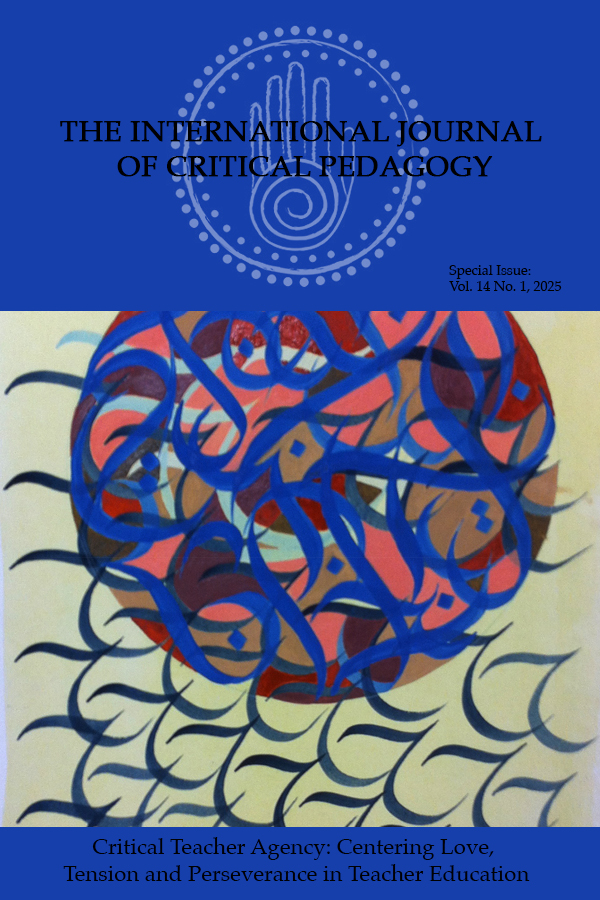Abstract
<!-- /* Font Definitions */ @font-face {font-family:Arial; panose-1:2 11 6 4 2 2 2 2 2 4; mso-font-charset:0; mso-generic-font-family:auto; mso-font-pitch:variable; mso-font-signature:-536859905 -1073711037 9 0 511 0;} @font-face {font-family:Times; panose-1:2 0 5 0 0 0 0 0 0 0; mso-font-charset:0; mso-generic-font-family:auto; mso-font-pitch:variable; mso-font-signature:3 0 0 0 1 0;} @font-face {font-family:"Cambria Math"; panose-1:2 4 5 3 5 4 6 3 2 4; mso-font-charset:0; mso-generic-font-family:auto; mso-font-pitch:variable; mso-font-signature:-536870145 1107305727 0 0 415 0;} /* Style Definitions */ p.MsoNormal, li.MsoNormal, div.MsoNormal {mso-style-unhide:no; mso-style-qformat:yes; mso-style-parent:""; margin:0in; margin-bottom:.0001pt; line-height:115%; mso-pagination:widow-orphan; font-size:11.0pt; font-family:Arial; mso-fareast-font-family:Arial; color:black;} .MsoChpDefault {mso-style-type:export-only; mso-default-props:yes; font-family:Cambria; mso-ascii-font-family:Cambria; mso-ascii-theme-font:minor-latin; mso-fareast-font-family:"ï¼ï¼³ 明æœ"; mso-fareast-theme-font:minor-fareast; mso-hansi-font-family:Cambria; mso-hansi-theme-font:minor-latin; mso-bidi-font-family:"Times New Roman"; mso-bidi-theme-font:minor-bidi;} @page WordSection1 {size:8.5in 11.0in; margin:1.0in 1.25in 1.0in 1.25in; mso-header-margin:.5in; mso-footer-margin:.5in; mso-paper-source:0;} div.WordSection1 {page:WordSection1;} -->
What happens within a 21st century urban classroom when Hip Hop pedagogy is enacted by somebody who is not part of the Hip Hop community?
As Hip Hop pedagogues ask students to engage in critical thinking about their own identities and issues connected to their cultures and communities, one of the most important things for teachers to do is to recognize that, in this instance, there will be a significant power shift in most classrooms. Classrooms that are grounded in Hip Hop pedagogy inherently position students who are invested in the hip-hop culture as curricular experts, a proposition that can be scary for both new and veteran teachers. The fear of sharing academic leadership and losing classroom control can be a very real concern for teachers whose jobs may depend on meeting public expectations in the face of a high-stakes testing environment mandated by No Child Left Behind and enforced by silent, or not-so-silent, school politics.
Within my own experiences as a high-school English teacher invested in hip-hop pedagogy, I have learned that I must be self-aware regarding what I bring to the educational “table.” Using personal narrative as a frame for discussion, this paper will explore the experiences of teachers who are outside of the hip-hop community and who have incorporated hip-hop pedagogy into their own classrooms. What happens when they are asked to navigate new classroom dynamics and when their own subject positions complicate the hip-hop mandate of “keeping it real”? What are some of the external and internal forces that they must navigate in order to facilitate a positive learning experience for their students?
How to Cite:
Applegate, C., (2013) ““Just Like Freedom Writersâ€: A White Teacher Reflects on Hip Hop and Race in the Classroom”, International Journal of Critical Pedagogy 4(3).
Downloads:
Download PDF
View PDF

